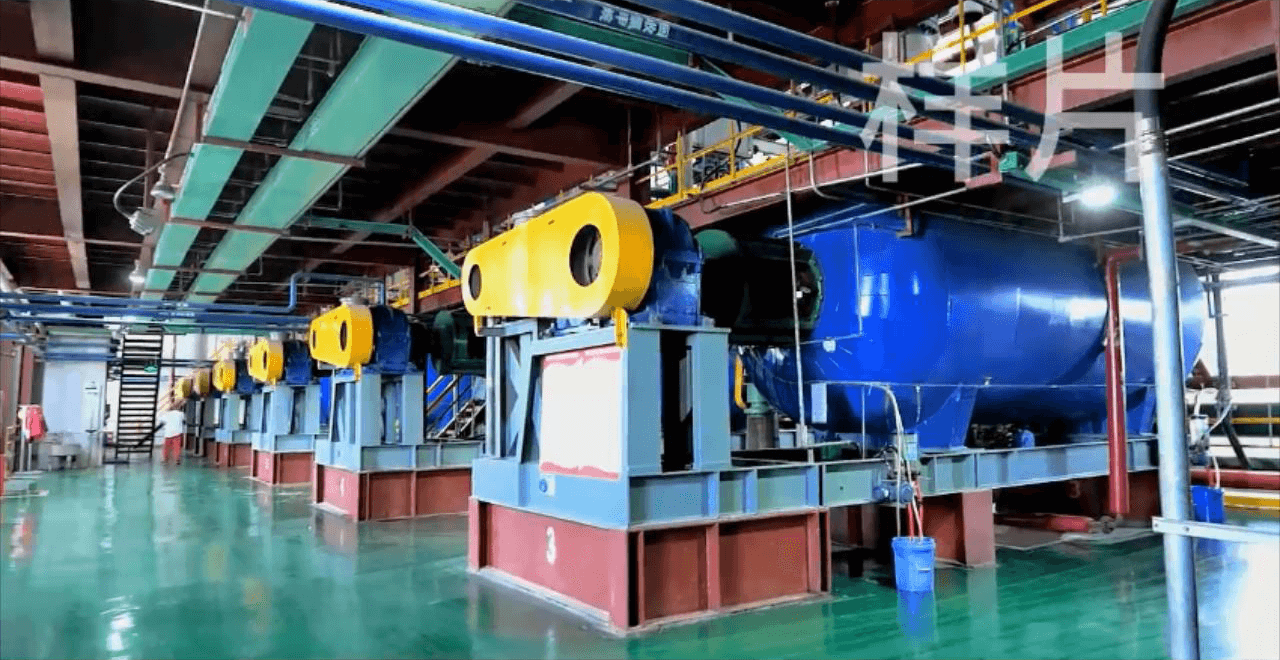
Sep . 05, 2024 14:06 Back to list
Hydroxypropyl Methylcellulose (HPMC) - Properties, Applications, and Benefits
Understanding Hydroxypropyl Methylcellulose Properties, Applications, and Benefits
Hydroxypropyl methylcellulose (HPMC) is a versatile and widely used polymer derived from cellulose, a natural polymer found in the cell walls of plants
. This compound is known for its unique properties, which make it valuable in various industries, including pharmaceuticals, food, cosmetics, and construction.HPMC is a white, odorless powder that is soluble in cold water, forming a gel-like liquid when mixed. This solubility is one of its standout characteristics, allowing it to be utilized in diverse formulations. Because it is derived from cellulose, it is also considered a non-toxic and biodegradable material, making it an environmentally friendly choice for many applications.
In the pharmaceutical industry, HPMC serves multiple functions. It is often used as a binder and coating agent in tablets. When used as a binder, it helps to ensure that the ingredients in a tablet stay together during both manufacturing and storage. Additionally, when HPMC is used for film-coating tablets, it not only adds an appealing appearance but also protects the tablet from moisture and enhances its stability. Furthermore, its ability to form gels makes HPMC an ideal candidate for controlled-release drug formulations, allowing for a gradual release of the medication over time, which can improve patient compliance.
hydroxypropyl methylcellulose

In the food industry, HPMC is used as a thickening agent, emulsifier, and stabilizer. Its ability to create a smooth texture while maintaining the viscosity of the product is highly advantageous in a variety of food formulations, including sauces, dressings, and dairy products. HPMC is also utilized in gluten-free baking, where it helps to mimic the texture of traditional wheat-based products, making it easier for those with gluten intolerance to enjoy baked goods.
The cosmetic industry has also embraced HPMC for its thickening and film-forming properties. In personal care products, such as lotions, creams, and shampoos, it provides texture and stability, ensuring that the product remains homogenous over time. Its ability to create a smooth, spreadable consistency makes it a popular choice in formulations designed for easy application.
In the construction sector, HPMC is often incorporated into cement and mortar mixtures. Its water-retention properties prevent cracking and improve workability, allowing for better adhesion and longevity of construction materials. This application showcases HPMC's versatility as a multifunctional additive that enhances the performance of building materials.
In summary, hydroxypropyl methylcellulose is a multifunctional compound with a range of applications across multiple industries. Its unique properties, such as solubility, non-toxicity, and gel-forming abilities, contribute to its popularity in pharmaceuticals, food, cosmetics, and construction. As consumer demand for natural and sustainable products continues to rise, the significance of HPMC is likely to grow, further reinforcing its role as a crucial ingredient in innovative formulations. Whether used as a thickener, binder, or stabilizer, HPMC exemplifies the intersection of natural materials and modern technology, providing effective solutions for various challenges faced by different sectors.
-
Versatile Hpmc Uses in Different Industries
NewsJun.19,2025
-
Redispersible Powder's Role in Enhancing Durability of Construction Products
NewsJun.19,2025
-
Hydroxyethyl Cellulose Applications Driving Green Industrial Processes
NewsJun.19,2025
-
Exploring Different Redispersible Polymer Powder
NewsJun.19,2025
-
Choosing the Right Mortar Bonding Agent
NewsJun.19,2025
-
Applications and Significance of China Hpmc in Modern Industries
NewsJun.19,2025







